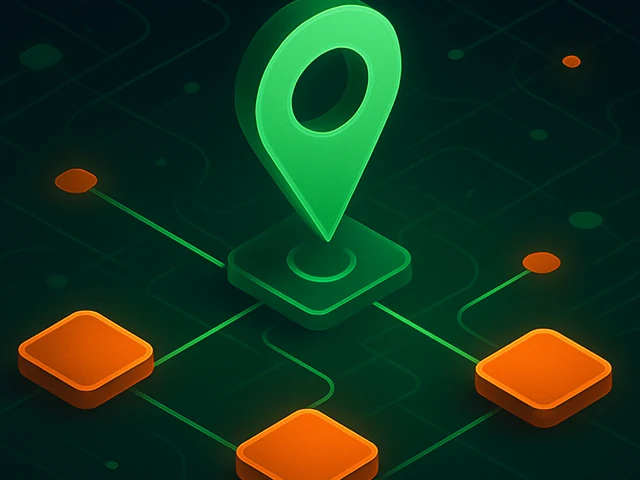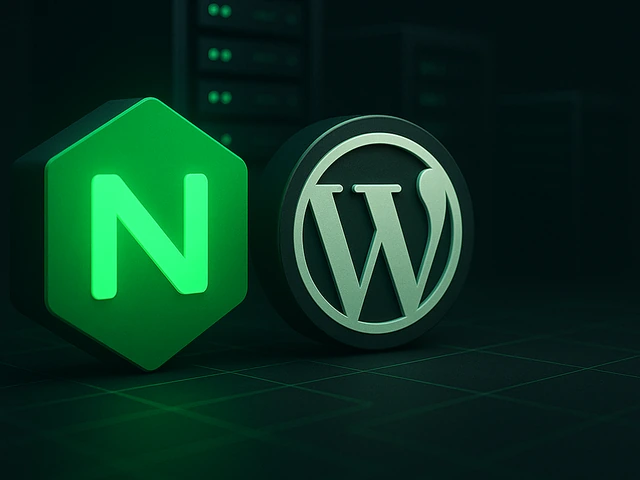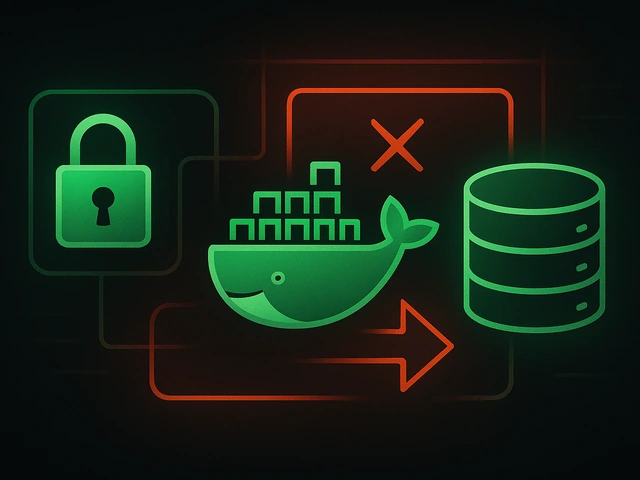
When constantly working with Linux servers, there is often a need to transfer files or folders from one server to another, and the easiest way to do this is to ...
3v-Hosting Blog
5 min read
The inexorable march of technological progress is forcing operating systems to evolve at an astonishing rate. These systems are adapting to the needs of today's users and applications, from developers and system administrators to consumers. We present to you five of the most promising and advanced operating systems poised to make a significant impact in the future. In this article, we look at the distinctive features, target audience, and advantages of these newcomers in today's technology landscape.
Zorin OS is the most user-friendly Linux-based operating system on the market. Zorin OS is the ideal choice for those new to Linux. Its interface is similar to Windows, making it highly accessible for users switching from mainstream operating systems.
Zorin OS is user-focused, and that's what makes it special. Its clean and customisable UI allows users to choose layouts that resemble macOS, Windows, or even Ubuntu, making it the ideal choice for users with varied backgrounds. Zorin OS is built on Ubuntu, ensuring compatibility with a wide range of applications while benefiting from a large community and strong support.
Zorin OS is the optimal choice for professionals seeking a familiar interface combined with the flexibility and security of Linux. Its lightweight, optimised design makes it suitable for older hardware, ensuring peak performance.
Google has acquired CloudReady OS, a cloud-centric operating system based on Chromium OS. CloudReady is the ideal operating system for educational institutions, enterprises, and anyone looking for a secure, managed cloud environment. It provides users with a Chrome OS-like experience.
CloudReady is compatible with a wide range of hardware, including older PCs, breathing new life into ageing machines. CloudReady's focus on web applications and cloud storage minimises local storage requirements, aligning perfectly with the needs of organisations shifting towards cloud-first strategies. This OS is simple and minimalistic, making it an excellent choice for educational institutions where Chromebooks have already made a big impact.
CloudReady OS provides a more secure environment, with most data stored in the cloud and not on the device. This OS is becoming more popular as the digital world moves towards cloud-native solutions, offering a great alternative to traditional operating systems.
Pop!_OS, developed by System76, is the most popular Linux distribution for developers, engineers, and tech enthusiasts. Based on Ubuntu, Pop!_OS provides the robust support you need for software development and engineering workloads. Its standout features include a sleek, productivity-centric interface and built-in support for GPUs, making it the perfect choice for users delving into graphic design, animation, and scientific computing.
The OS comes with pre-installed development tools and is easily customisable, making it ideal for software developers who want an environment that can be tailored to their specific needs. Pop!_OS also supports tiling window management, which is a game-changer for productivity. It allows users to organise windows more effectively. Additionally, it includes a "Pop Shell," a shell extension for managing windows efficiently.
For engineers and developers who require strong multi-tasking capabilities, Pop!_OS is the best Linux-based option currently available. It's a strong competitor in the OS space, particularly for those who need more than a generic consumer operating system.
Clear Linux OS is the cloud-focused Linux distribution developed by Intel. It is designed to deliver unparalleled performance on Intel processors. Clear Linux is unique in the market because it is explicitly optimised for cloud workloads, containers, and data analytics. Unlike many Linux distributions, it is not general-purpose. This operating system offers the most advanced capabilities for performance tuning, making it the most effective choice in environments where efficiency and speed are paramount.
Clear Linux OS is the clear choice for anyone looking to get the most out of their Intel hardware. Its automatic system optimisations are second to none, ensuring you get the most out of your Intel processors. This OS also incorporates software stacks specifically optimised for data science and machine learning, making it the ideal choice for companies focused on these areas. Clear Linux is the operating system of choice for developers and system administrators looking for high efficiency in cloud deployments. Its focus on cloud and containerised applications aligns perfectly with the industry's shift towards cloud-native solutions.
The OS includes robust security features such as kernel hardening and minimised attack surfaces, making it the ideal choice for enterprise environments. Given the rising demand for cloud infrastructure and efficient data analytics, Clear Linux OS is the clear OS of choice for professionals seeking a performance-oriented, cloud-native solution.
Fuchsia OS is Google's experimental operating system designed to replace or complement Android and Chrome OS in the long term. Fuchsia OS is built from the ground up with the Zircon kernel (not Linux) and is designed to run on a wide range of devices, from smartphones and tablets to IoT and smart home devices. Its flexibility in operating across devices is a significant part of its appeal, especially as the Internet of Things (IoT) and cross-device connectivity become more important – and it's the best operating system for this.
Fuchsia OS's most innovative aspect is its focus on secure, sandboxed environments. This design makes it inherently secure. Each application is isolated in a manner that prevents any unwanted interactions. Fuchsia also leverages Google's Flutter framework for app development, allowing for seamless cross-platform applications that run natively across various devices.
Each of these operating systems has distinct advantages, appealing to different audiences and use cases. From Zorin OS's user-friendly design to CloudReady OS's cloud-centric approach, and from Pop!_OS's developer-centric tools to Clear Linux OS's performance optimisations, each OS is tailored to specific environments and user needs. Fuchsia OS is the future of operating systems. Its cross-device capabilities are unparalleled.
As technology advances, users and organisations are demanding more from their operating systems. These five options illustrate the varied approaches being taken to meet the demands of modern computing. From education and cloud environments to development and multi-device ecosystems, these operating systems are gaining momentum by offering targeted solutions for today's evolving digital landscape.

Learn how IP addresses work: IPv4 vs IPv6, public and private IPs, DNS resolution, routing, security basics, and how IPs are used in real server and cloud infra...

Accelerating WordPress at the Nginx level: correct PHP-FPM settings, try_files, static files, caching, Brotli, wp-login protection, and secure headers for stabl...

Effective backup strategies for Docker applications: how to protect volumes, data, and configurations while avoiding common mistakes, and quickly restore servic...